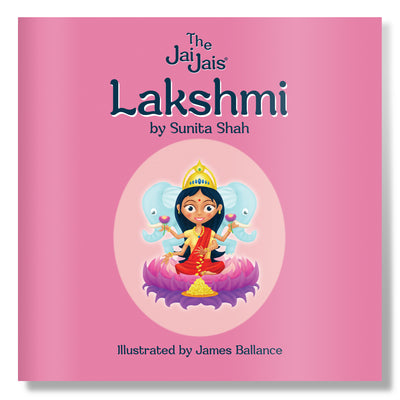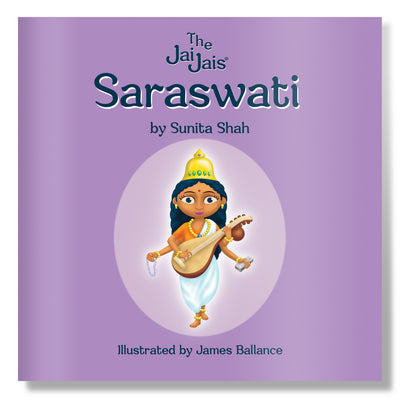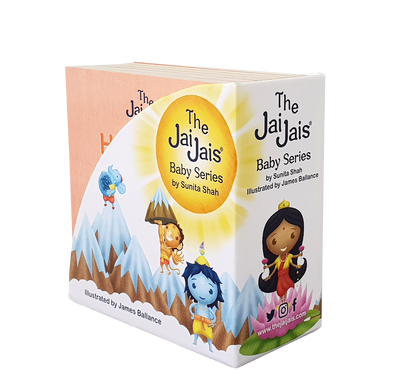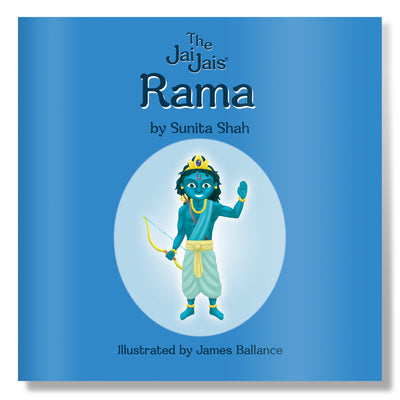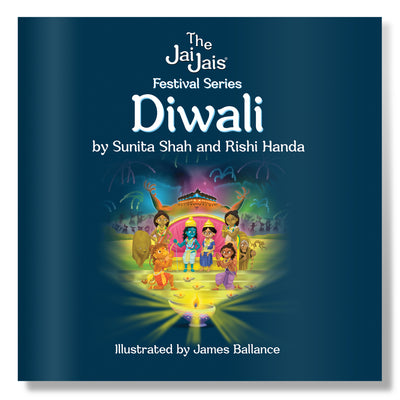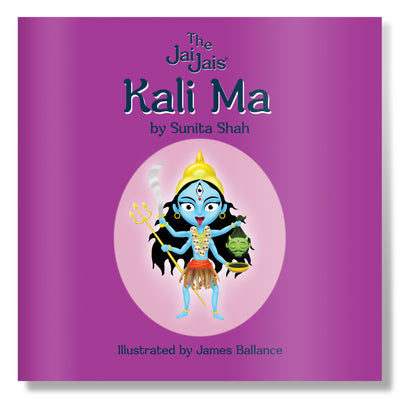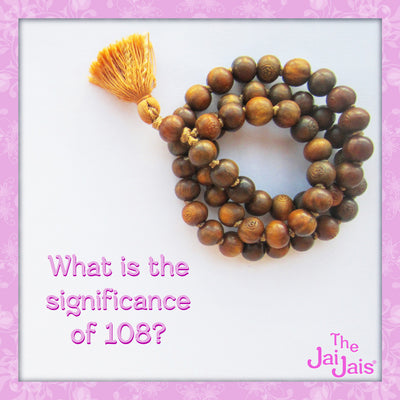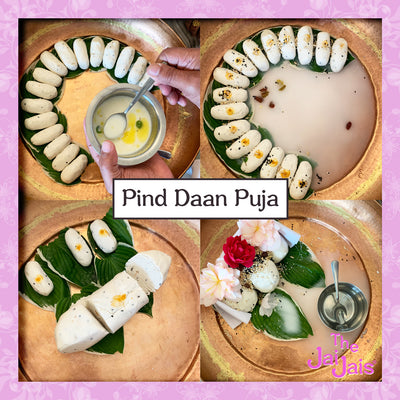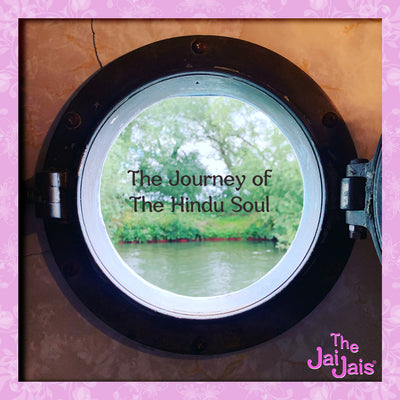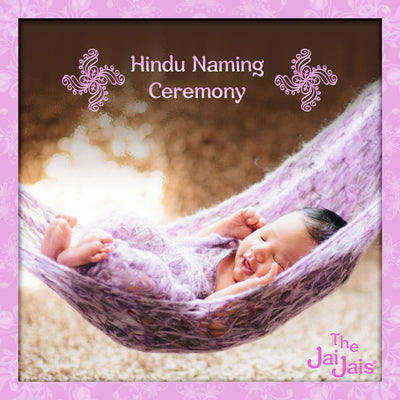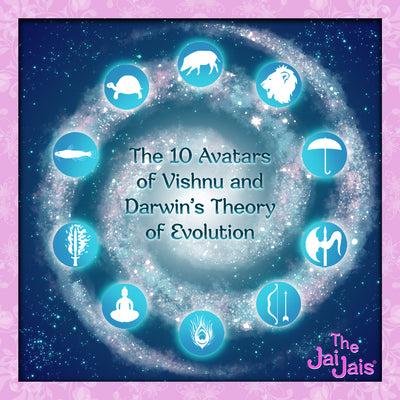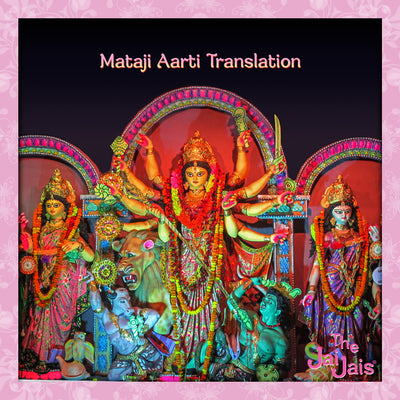Chanting mantras has been given immense importance in Hinduism, taken from scared texts. The sound produced by the chants and the movements of the lips while chanting the mantras, creates vibrations that makes a person feel the presence of divinity in their surroundings. They can be spoken out loud or internally. Mantras continue to be an important ritual of Hindu worship.
Mantras can raise our energies to higher spiritual awareness. Mantras can bring peace and enlightenment, and protect us from negative energies. One of the most powerful and widely used Mantras is the syllable “Om”. Om is the highest and purest mantra. Each Mantra has a literal, hidden or symbolic meaning. Mantras still occupy an important place in Hinduism as the manifestations of divine speech and expression of gods and heavenly knowledge. In Hindu ritual practice and prayers, mantras are used to communicate with gods and invoke their power to achieve certain outcomes.
in Sanskrit “mantra” means to consult, seek advice or help, think or deliberate. In the human body it is the breath in the speech which gives each mantra a verbal form, awakens its hidden power and sends it across the space as sound vibrations to its desired destination. Mantras are divine vehicles which carry the thoughts and prayers of devotees to the heaven and help us to communicate with the gods, to seek their advice and help.
Each mantra will have a seer (rishi) who composed it, a rhythm or meter (Chhanda) which determines its sound, and a deity (devata) who presides over it and manifests when the mantra is correctly pronounced. It also contains a seed syllable (bija) which imparts to it manifesting power (Shakti) and a support (kilakam) which makes it strong or stable until it delivers the intended result.

